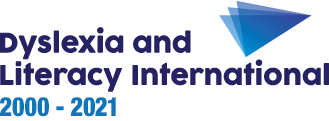For composition, we must work the other way round: finding some way by which the pupils can best organize their ideas before writing.
Bear in mind that for children with dyslexia composition can be the most difficult task.
Encourage the child to use various techniques




We suggest you give them time to identify the key-words which they think are needed, and to check these words before writing.
Then ask them to make links between these words by means of diagrams, plans, outlines, pictures or mind-maps before putting them into phrases or paragraphs.
Structured frames which we have mentioned for comprehension can also be used to allow them to structure their work for composition.
You may want to allow children with dyslexia to record what they intend to write on tape. They can then play back what they said and pause in order to organize their writing. In this way, spelling and other aspects of writing do not get ‘in the way’ of expressing their thoughts.
Giving extra time to write and reread
Above all you must allow children with dyslexia to have extra time to write and reread their composition.
Spelling and writing is in part an exercise of recall. But stress is the enemy of memory (see Rick Lavoie’s workshops about F.A.T. – Fear, Anxiety and Tension).
Many multisensory methods advise letting the child reread his or her work four times. This is commonly referred to as the MAPS technique:
- – for Meaning – Have I written what I intended?
- – for Agreement between subject, verbs and complement
- – for Punctuation
- – for Spelling
Children with dyslexia should always be allowed to have a dictionary available when asked to read or write. If necessary, allow them also to have a strip of paper with the alphabet.


